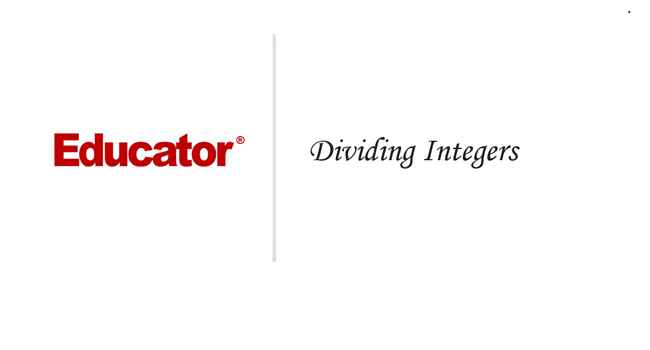Connecting...

This is a quick preview of the lesson. For full access, please Log In or Sign up.
For more information, please see full course syllabus of Basic Math
For more information, please see full course syllabus of Basic Math
Basic Math Dividing Integers
Lecture Description
In this lesson our instructor talks about dividing integers. She talks about rules for dividing integers. Four complete extra example videos round up this lesson.
Bookmark & Share
Embed
Share this knowledge with your friends!
Copy & Paste this embed code into your website’s HTML
Please ensure that your website editor is in text mode when you paste the code.(In Wordpress, the mode button is on the top right corner.)
×
Since this lesson is not free, only the preview will appear on your website.
- - Allow users to view the embedded video in full-size.
Next Lecture
Previous Lecture










































 Answer Engine
Answer Engine



0 answers
Post by Karina Herrera on December 30, 2016
I was having a lot of trouble understanding the rules behind integers way before I invested in Educator.com, but after watching your lessons I am now completely comfortable around them. Thank you! :)
1 answer
Fri Aug 19, 2011 11:50 PM
Post by Cally Brown on July 20, 2011
I wish that educator.com would sell practice books and answers to do along with the program!